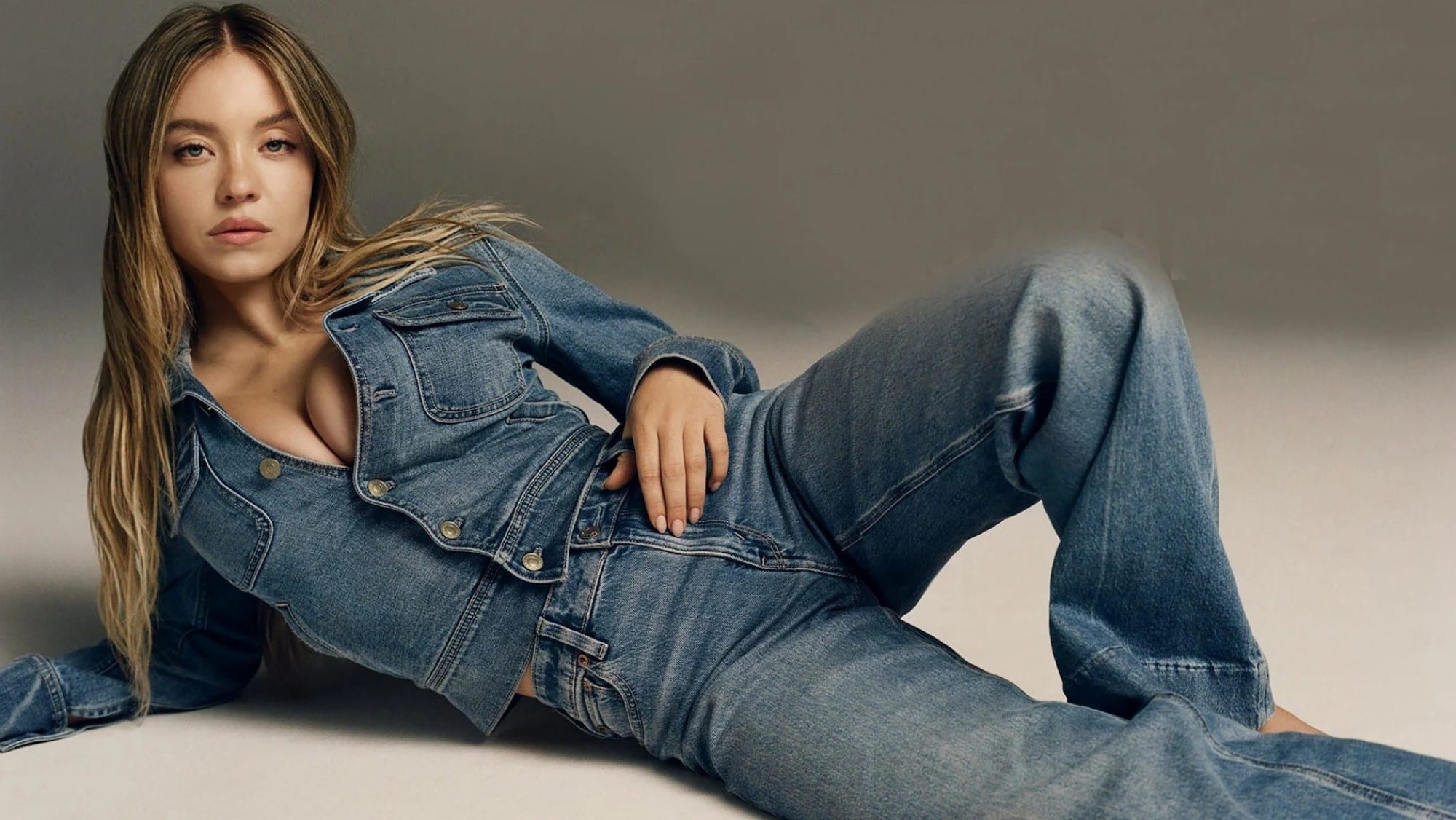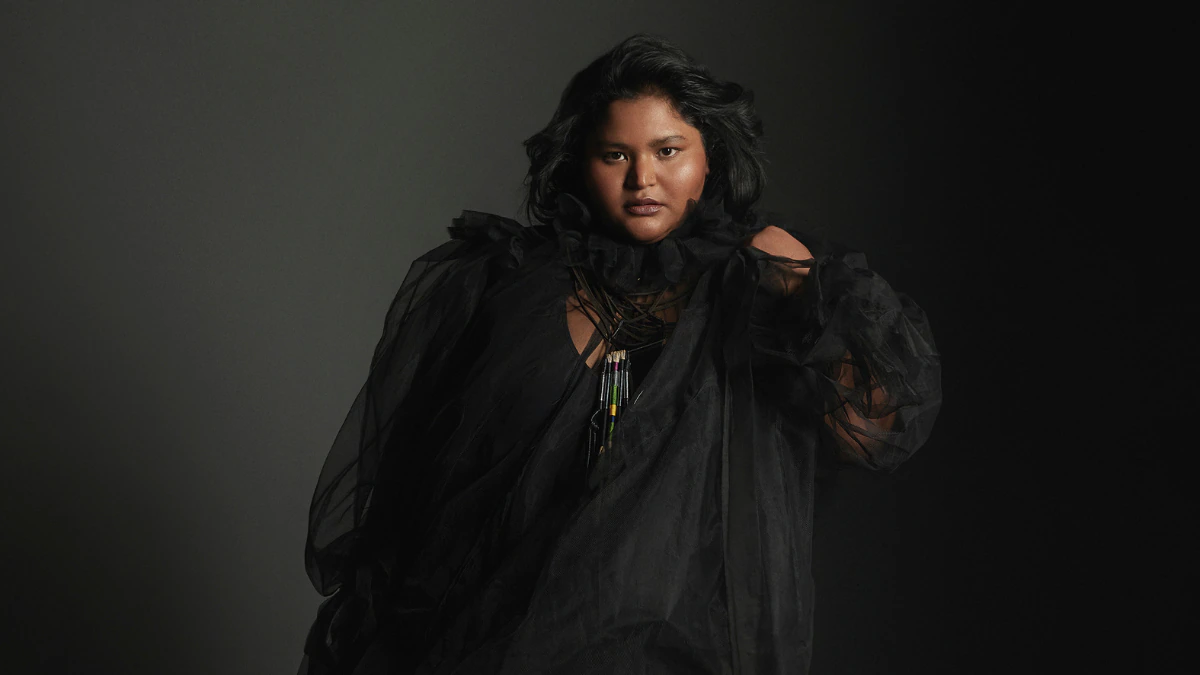Sharad Yadav’s body shaming of Vasundhara Raje Scindia isn’t such an oddity considering that the notion of ‘beauty’ and its various parameters have always been used to take away from women every gain towards equality and empowerment.
So what if women have gained rights in the legal, reproductive and socio-political ambit, are no longer restricted to the domestic space, have cracked the glass ceiling and have over turned stereotypical beliefs about their roles in the socio-cultural space – the beauty parameters continue to dog them, snapping at their heels, turning them decidedly ‘neurotic’. Vasundhara Raje being described as ‘fat’ and therefore unsuitable to the job of a politician and leader is a reminder of the importance of physical appearance for women in the final assessment of their worth in the market.
Women, whether at home or in the professional workspace, have to live up to the parameters of beauty. Constant reminders of these parameters are passed down through technology aided templates as photographs, postcards, art work, porcelain figurines, dolls, advertisements, posters. Women have to live up to a culturally propped stereotype and much of their acceptance in society is determined by their potential to adhere to it.
This stereotype encapsulating taut and lean body proportions, a certain complexion and skin tone, a mass of glossy curls, accentuated facial features caught in a youthful and sexually uninhibited body are usually culturally prescribed, but are very universal in their effects on women. As the Australian feminist writer Germaine Greer said in her book The Female Eunuch, “To her belongs all that is beautiful, she is a doll…I’m sick of the masquerade…” Years later the masquerade remains, and many women continue to look at themselves through layers of make up, medical cosmetic procedures and above all a deflated sense of worth, trying to fit in the role allotted.
Women, whether at home or in the professional workspace, have to live up to the parameters of beauty.
So a ‘fat’ Vasundhara Raje is unacceptable in the sexist imagery of a woman politician. So what if she has opened dream doors for little girls who think that they too can take up the reins of governance and occupy important public positions?
Truth be told, Sharad Yadav needn’t have bothered with body shaming tactics. In all probability Raje knows that she is far away from the prescribed ‘feminine ideal’. Whether she owns up to it or stashes it away (because of the connotations of ‘frivolity’ attached to it), she too probably shares with million other women the neurotic obsession with appearance. Something is indeed at stake and it’s time we reckon with the equation between female liberation and female beauty. Given the obsession with face and body today, no woman trapped within the system feels truly liberated.
Disturbingly the ‘beauty’ net has caught within it most women. Whether one is liberated, have access to resources, is articulate and financially independent find it impossible to shake off concerns about her body appearance, face, hair, clothes. The first wrinkle, the first grey strand, crow’s feet, laugh lines are expected to terrorise women.
Pulitzer Prize winner Sylvia Plath holds up in her poem Mirror the agonising pain of a woman who is faced with the first signs of ageing. The mirror which is “silver and exact”, “the eye of a little God” is representative of the male gaze which judges a woman on the basis of culturally prescribed beauty parameters. In the poem Plath is both the mirror and the woman.
Also read: The Barbie Effect – Dolls, Beauty Standards and Body Image Issues
The poem has autobiographical undertones but it could be about any woman. The mirror and the woman share a toxic relationship, the woman constantly dissolving into tears at her changing appearance. The mirror holds up her physical flaws and the distraught woman runs to the “liars-candles and moon…” in a bid to arrest the free fall into the abyss of depression.
Despite her lessening self esteem, she seeks out the mirror, looking at her reflection a million times. Each time the mirror reflects it back “faithfully”. Ultimately as the process of ageing marks her with deep furrows and a criss cross of wrinkles, she loses the battle. The youthful version of herself is ‘drowned ‘, the masquerade cannot be pulled off any more. What rises out of the mirror to hold her in a terrifying grip is the image of the old woman “ rising towards her day by day like a terrible fish”.
Mirror is a compelling work of art which gives a voice to the every woman trapped within the exacting standards of the beauty industry. Plath was exceptionally talented, skilled in her craft, loved by her audience; yet this did not stop her from suffering from anxieties and destroying herself with the poison of impossible beauty standards.
So “Mirror Mirror on the Wall, Who Is the Fairest One of All ?” isn’t a line from our favourite bed time story. It is a ritual that women are asked to practise with undying devotion everyday of their lives. The day the ‘Mirror’ holds up another face, the woman succumbs to self hatred. Vasundhara Raje met her mirror in Sharad Yadav. Most others meet it in the patriarchally laced judgements about body contours.
Women might have gained grounds in their fight for equality, but the beauty myth too has grown and through technological sophistication has pushed forth its patriarchal agenda, dragging with it several lives. The economic valuation put on women’s beauty manifests in loaded phrases as “Looks like a million bucks” or “She has a million dollar smile” or “She is a first-class beauty with a face that is her fortune”. A woman’s face and form are part of the economy and that is the story the multi-billion dollar cosmetic industry, the diet industry, the cosmetic surgery industry, and the pornographic industry play up.
These industries have arisen out of the collective insecurities of women about their looks, their conscious and unconscious anxieties.
These industries have arisen out of the collective insecurities of women about their looks, their conscious and unconscious anxieties. Most feel they are ‘frivolous’ but can’t seem to brush them aside. In the present context, women are expressing themselves better, asking for more, getting out into the streets to demand and highlight issues relevant to them, but their freedom is outpaced by the psychological manipulations of the beauty industry.
The unrealistic beauty parameters weigh them down heavily giving rise to a whole generation of women hassled with the way they look. The strict demands of the beauty industry, the unrelenting social gaze, insecurities and anxieties of the participants themselves come together to create the Iron Maiden.
The Iron Maiden was an instrument of torture in medieval Germany . The outside of the iron casket was of a pleasant woman with a smiling face. The inside had spikes. The unfortunate victim of such a torture would either die of suffocation within the Iron casket or would be cut into shreds by the spikes.
So it is with all women. While most project a calm self, rubbishing the images of beauty hitting them day after day and appearing unaffected and untouched, in reality, they are trapped within their own Iron Maiden casket. Unable to voice their concerns or rise above them, they choke in their own toxic creation.
The press of the beauty parameters is affecting women physically, heightening their risks to fatal illnesses. As the vice like grip of the beauty industry tightens around them, women- successful, enterprising, talented, articulate, hard working of every shape, size, age, colour, have a dark underlife which takes away the fruits of liberation. The Iron Maiden continues to cut their insides as they judge themselves in the harshest of ways. They are the Walking Wounded.
Also read: Beauty Standards – The Ugliest Trick Of Patriarchy
Sharad Yadav needn’t have bothered, really. Conditioned by our society, Raje would have gone into her iron chamber sooner or later.
Featured Image Credits: Upasana Agarwal
About the author(s)
Saonli Hazra is an educator and runs Words’Worth. She is a government-approved trainer for English and also a freelance writer for Times Publications. She can be reached at saonlihazra@yahoo.com.




